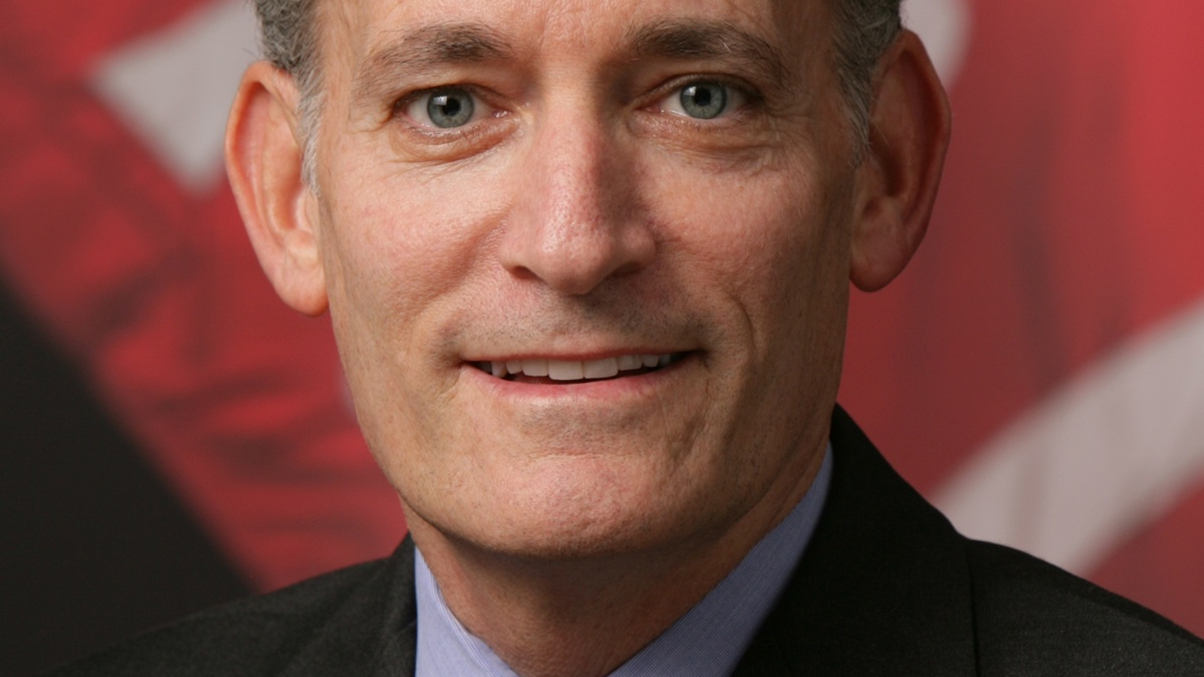The Fed’s medicine is working: Brown Brothers
A revival in bank lending is good news for investing in US assets, argues Jeffrey Schoenfeld, CIO and partner at Brown Brothers Harriman.

Investors are too pessimistic about the US economy, reflected in undervalued corporate bonds issued by the financial sector, says New York-based Jeffrey Schoenfeld, partner at Brown Brothers Harriman.
Sign In to Your Account
Access Exclusive AsianInvestor Content!
Please sign in to your subscription to unlock full access to our premium AI resources.
Free Registration & 7-Day Trial
Register now to enjoy a 7-day free trial—no registration fees required. Click the link to get started.
Note: This free trial is a one-time offer.
¬ Haymarket Media Limited. All rights reserved.


